Moray eels are a group of approximately 200 species of fish. All have a characteristic elongated, snake-like (“serpentine”) body. They are mainly marine, but some species can be found in brackish water, and a very few species live in fresh water. Moray eels vary enormously in their size, depending on the species, but are considered overall to be the largest of the eels. Read on to learn about the moray eel.
Description of the Moray Eel
Moray eels have a muscular, serpentine body which, in some species, is flattened at the sides (“lateral compression”), but always flattens toward the tail. They have a long dorsal fin that extends from the head down the entire length of their bodies, where it fuses with the tail (caudal) and tail fins so it becomes continuous with the tail. They often have an elongated snout, large eyes, and a large mouth which contains numerous sharp teeth, although these can be quite small.
Most moray eels lack the pectoral and pelvic fins that other fish have. Moray eels come in a wide variety of colors including black, gray, brown, yellow, green, blue, orange, and white – all of which may occur as spots, blotches, stripes, or other patterns, some of which are highly complex. Their underside is often a contrasting pale color that helps them avoid predators.
Interesting Facts About the Moray Eel
Moray eels are carnivorous, and ambush predators. They live a rather sedentary life, waiting in hidden places for prey to pass near them. This lifestyle has led to several interesting adaptations.
- Teeth – Unlike other eels, moray eels have two lines of teeth. These point backwards to prevent prey from escaping their grasp.
- Mucus – Although moray eels are fish, they lack scales. To protect themselves, they produce a slippery protective mucus, which in some species contains toxins.
- Viper Moray – There is one species of moray eel called the “viper moray” (Enchelynassa canina), because its teeth are so large and sharp.
- Color-Changing – Some moray eels can change color in order to enhance their camouflage. For example, the banded moray eel (Gymnothorax rueppelliae) is lighter during the day, and darker at night.
Habitat of the Moray Eel
Most moray eels are marine, but they can be found in brackish or fresh water. In either case, they spend most of their time hiding in rock crevices, caves, or cracks in coral reefs.
Distribution of the Moray Eel
Moray eels are found worldwide in both deep and shallow waters, but tend to prefer warmer temperatures. The largest populations are found around tropical coral reefs.
Diet of the Moray Eel
Moray eels are predatory carnivores. They hunt and eat a variety of foods including fish, mollusks (octopuses, squid, cuttlefish), crabs, and other hard-shelled invertebrates.
Moray Eel and Human Interaction
Some moray eel species are fished for commercially as food. The larger species are a great tourist attraction for scuba divers in some localities, however, these species can be aggressive and dangerous; able to unexpectedly inflict serious injuries with lightning-quick speed.
Domestication
Some pet moray eels can be tamed to a limited extent, but they have not been domesticated.
Does the Moray Eel Make a Good Pet
The smaller species of moray eels are sometimes kept as pets. Approximately 12 of the 200 species are suitable for the home aquarium, but only 5 species are considered as suitable to be kept with other fish. Some of them are responsive to being tickled, and have been reported as “dog-like” in this respect. However, many people who buy morays as a pet underestimate the great size to which they can grow.
Moray Eel Care
Keeping eels in general requires specialist knowledge and attention. They are commonly known as the masters of escape, so a secure tank with a tight-fitting top is required. Moray eels are often aggressive to other fish, including individuals of the same species, so they often have to be kept singly.
Behavior of the Moray Eel
The moray eel is an ambush predator, spending a considerable amount of time hidden in caves, rock crevices, or coral reefs. When a prey animal passes by, it pounces on it. Depending on the prey type, the eel might wrap itself around it, and crush the victim until it is small enough to be swallowed, or it might tear pieces from the body and eat the prey bite-by-bite.
Although moray eels have large eyes, it is believed they do not see well; rather, they locate their prey using a very good sense of smell, and by feeling vibrations in the water around them. Moray eels often appear very menacing, as they almost constantly gape their mouths showing their teeth. However, this gaping is necessary to allow water to be pumped into the oral cavity, and then over the gills. Some moray eels are territorial. For example, the giant moray can have a territory that extends over several miles.
Reproduction of the Moray Eel
Mating occurs when the water temperature is warm enough, and food resources are plentiful. The male and female wrap their squirming bodies around each other, and the male fertilizes the 10,000 eggs the female releases into the water. This type of behavior is known as “spawning.” The developing larvae float in the sea where vast numbers are eaten, however, those that survive swim to the bottom of the ocean about a year later and begin to develop into adults.

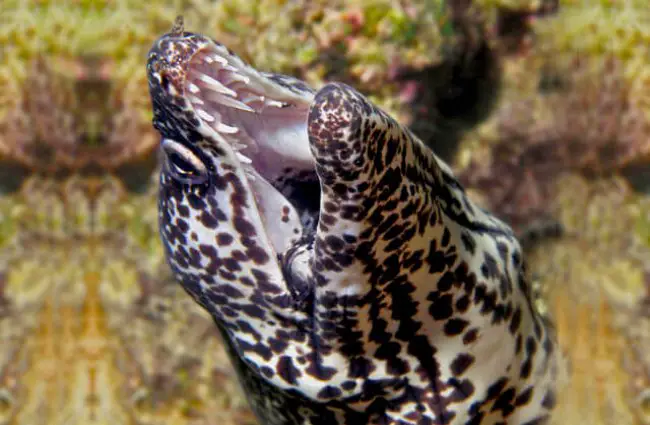
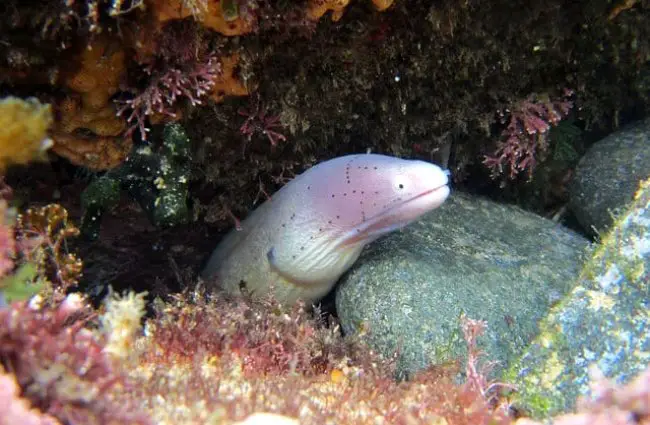
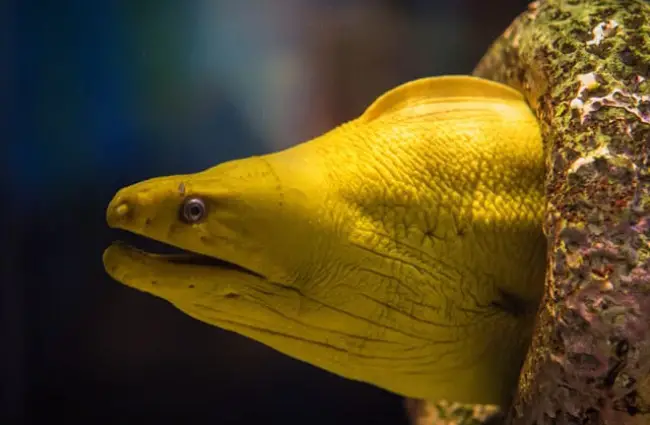
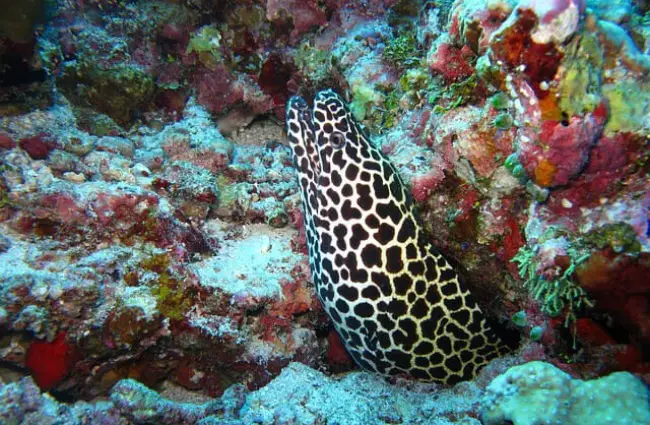
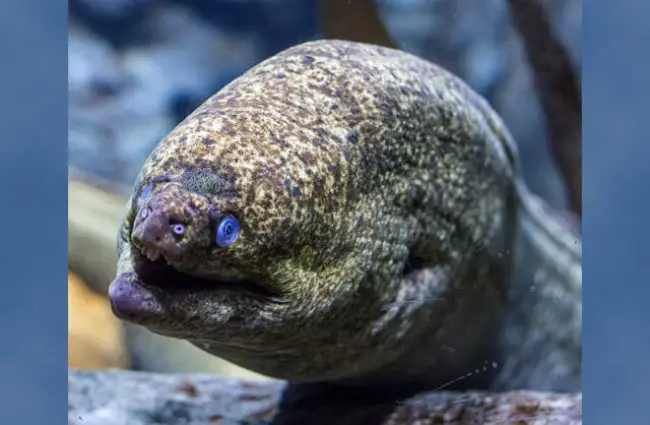
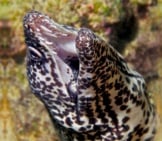
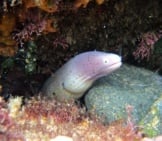

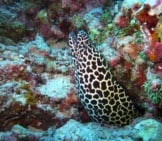
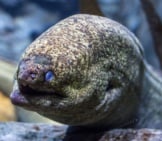
![Red Angus Closeup of a beautiful Red Angus cowPhoto by: U.S. Department of Agriculture [pubic domain]https://creativecommons.org/licenses/by/2.0/](https://animals.net/wp-content/uploads/2020/03/Red-Angus-4-238x178.jpg)












![Red Angus Closeup of a beautiful Red Angus cowPhoto by: U.S. Department of Agriculture [pubic domain]https://creativecommons.org/licenses/by/2.0/](https://animals.net/wp-content/uploads/2020/03/Red-Angus-4-100x75.jpg)

